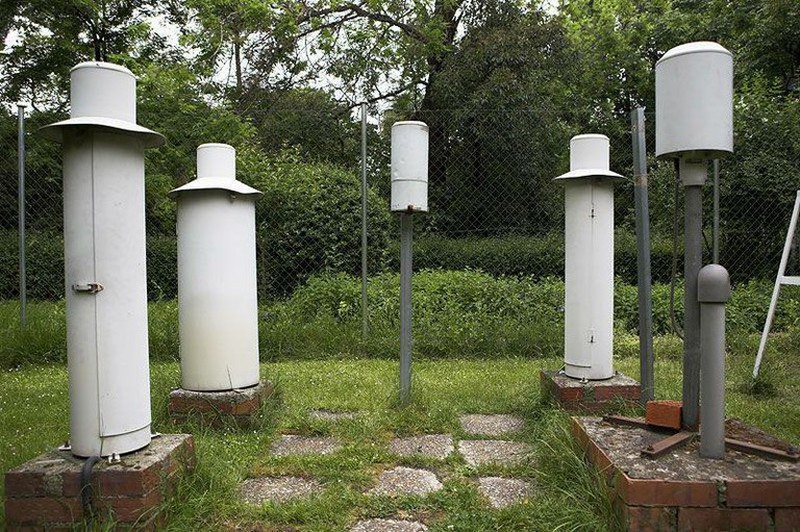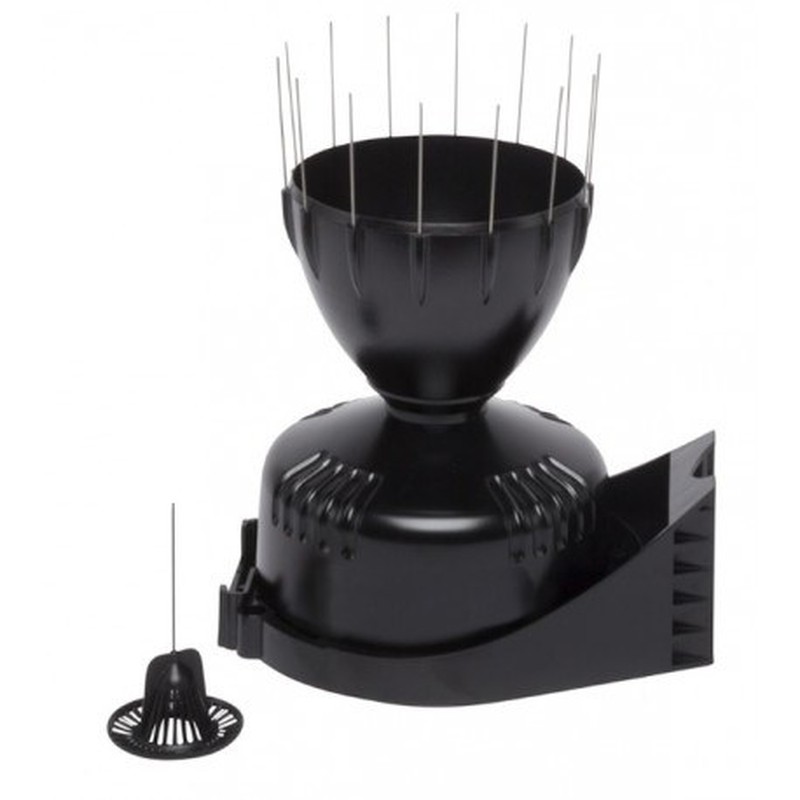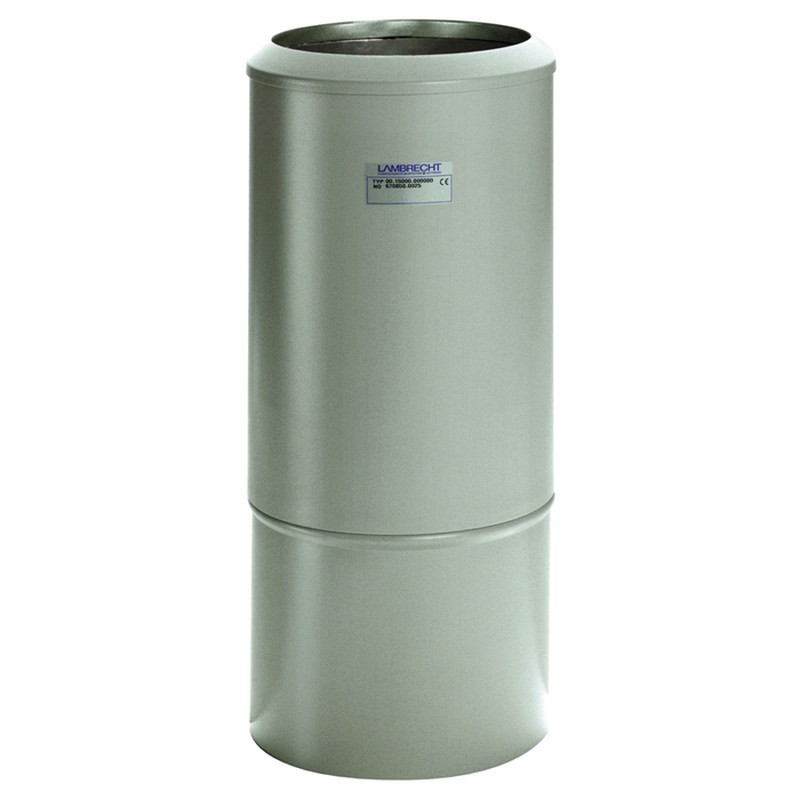Problems and errors in rain measurement
In torrential weather episodes, we often find differences between analog and manual rain gauges. Why is this?

We are in autumn and torrential rainfall episodes abound in the Mediterranean climate, this year two episodes in the peninsular Mediterranean coast have been news, the one from September 11 to 14, 2019 and the one from October 22 to 24, 2019. In both episodes have been well exceeded 100mm / 24h, records of more than 200mm / 24h have been frequented and specific records of more than 300mm / 24 have been reported.
The intensity has stood out more than the totals, with punctual records greater than 5 or 6mm / min and instantaneous intensities (Davis) greater than 300mm / h. Given these intensities, the automatic rocker gauges reach a saturation point and the main consequence is the underestimation of precipitation.
The most common is that they can have an error range between 5 and 20%, although sometimes errors greater than 30% have occurred. Does this mean a rain gauge defect, a bad calibration?
Before an error of this magnitude we have three possibilities:
- -That is due to the intensity itself, type of rain and the "inability" of the rain gauge to estimate such intensity (saturation)
- -The rain gauge is out of calibration, if so it needs an adjustment.
- -The rain gauge malfunctions, is defective or is plugged by some object or rest.
In meteorological observation the final and official solution is to contrast the precipitation data with a manual rain gauge, if it can be official. In short, with a Hellmann-type totalizing rain gauge.
This type of rain gauge, if properly installed, gives accurate and correct information on the total amount of accumulated precipitation. They are large capacity rain gauges, which can store more than 200mm.
The design of these rain gauges, with a bevelled edge and an approved funnel and receiving surface, is prepared for episodes of large amounts and intensity of precipitation.
Even if we have the rain gauge fully adjusted or calibrated, use an official rain gauge and have a perfect installation, we will always encounter phenomena and singularities that are impossible to control.
Some of them are wind, hail and snow. In windy episodes this can move a large amount of water out of the rain gauge's mouth. And in cases of solid precipitation the limitations are evident, only being able to measure the amount after melting.







Opinions of our clients
Receive our news